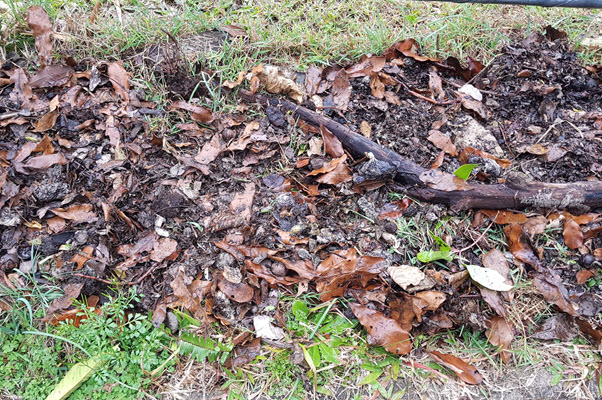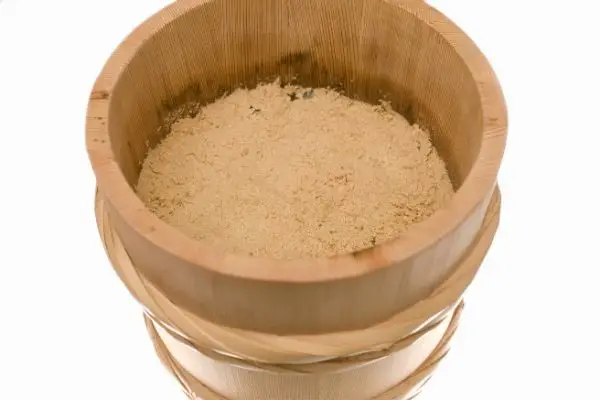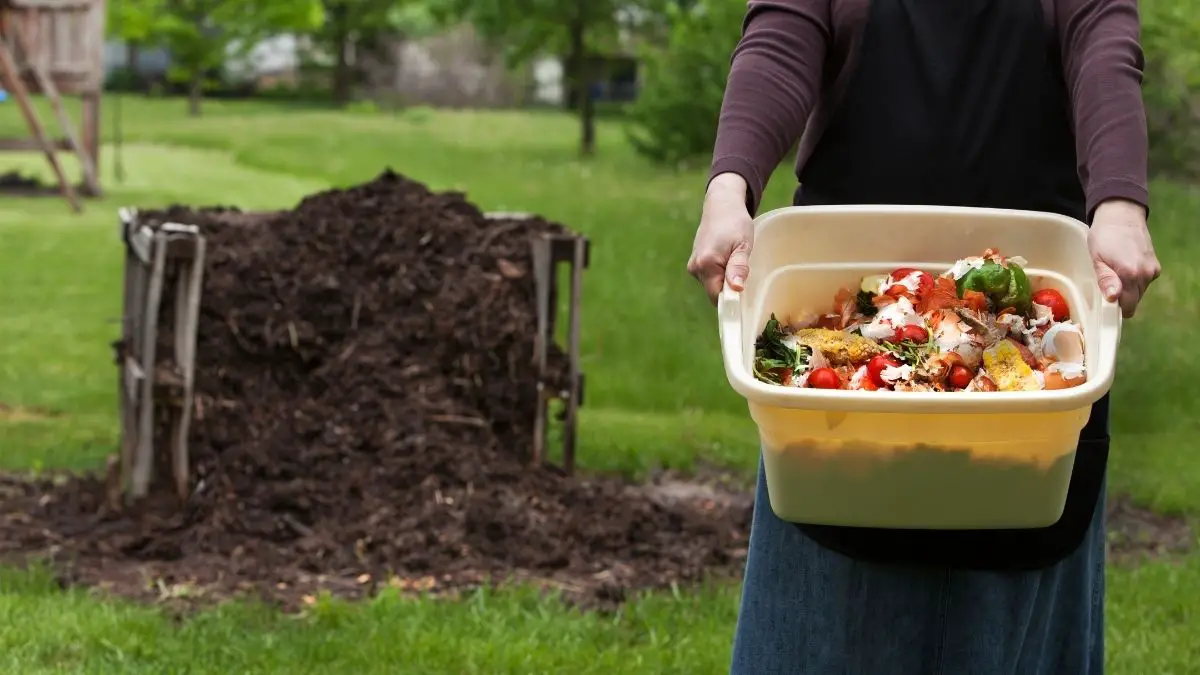How To Make Bokashi | A little project for DIY enthusiasts
I never thought I would bother to learn how to make bokashi bran? But here we go… A week-long visit to my in-laws who live in a large semi-rural property not so close to shops was the perfect occasion for a little DIY project.

I have always admired how, in the last few years, they have been trying – and succeeding to some degree – to live closer to nature, including becoming a little more self-sufficient and less dependent on traditional shopping.
Among many things they do, they grow lots of vegetables and some fruit. They also have an amazing garden with the type of soil that allows you to grow just about anything! It is no surprise that they are regular composters! So, late last year I gave them a Bokashi Bucket (plus bran) for them to try out and see if they would like to switch from traditional composting!
Like me, they took to Bokashi composting straight away and could see the benefits of it. Yay! I always get excited when people take my ideas on board! But on my successive visit, they had run out of bran and went back to traditional composting! They couldn’t be bothered to order bran online and they couldn’t find it at their local hardware store!
Surely any composting is better than no composting, but their food waste went considerably up as, with traditional compost, things such as meat, citrus, bread, dairy are left out!
So, eager for a little vacation project, we decided to try out diy bokashi bran!

What do you need to make bokashi bran?
Ingredients
10 lbs Wheat bran
1 table-spoon of high mineral sea salt
2 tea-spoon ceramic powder
3 litres of hot water
30 ml of molasses
30 ml of EM (Effective microorganisms) liquid (you can buy EM or make your own)
You will also need an airtight container that is big enough to fit all that in. I recommend using storage boxes and I cannot stress enough the fact that the lid needs to be tightly closed.
Method
Put the wheat bran in the container. Mix through all dry ingredients first. Add salt and ceramic powder and mix them very well through the wheat bran! Now, mix and stir all ‘wet’ ingredients: (hot) water, molasses and EM (this is your friendly bacteria). After that, add the liquid to the wheat mix and make sure it is all very well combined and there are no bits of wheat. The wheat mix should be soggy enough that you can make little ‘bokashi balls’ to it and they hold the shape ok.
The mix should be kept in an airtight container in a dark room or cupboard for two to three weeks. At the end of this period, the bokashi bran should be dry again and ready to be added to your food scraps in the bokashi bucket.
Happy Composting!
Frequently Asked Questions about Bokashi
How can I make a DIY bokashi bucket?
There are a few options for DIY bokashi bucket. I recommend getting two same size buckets – of them with an airtight lid – and putting one inside the other. Drill a few holes in the ‘internal’ bucket, for the liquid to drain off. Fishing buckets tend to work well for this purpose.
Can bokashi bran be added to the compost pile?
Yes, it is perfectly safe to add bokashi bran to the compost pile.

What kind of food waste can go in the bokashi bin?
Pretty much any food waste and organic matter (such as paper) can go in the bokashi bucket. That includes many items that are not recommended for traditional composting such as meat, dairy, citrus, bread, etc. There are items that should be added in moderation such as cooking oils and paper.
How long does it take to decompose?
Bokashi composting is a two-step process. The first step is to ferment all food scraps inside the bokashi bucket. Step two is to either bury your fermented food waste or add it to a traditional compost bin. In my experience, it takes between three to five weeks for it to be decomposed and turned into nutrient-rich soil.
How can I make my own bacteria mix or EM?
Effective microorganisms (EM) are easy to source online or from retail shops. I personally use em 1. However, if you would like to make your own EM mix check out this recipe. Most recipes use a mixture of milk and rice bran.
Is the bacteria in bokashi harmful?
The white mold producing bacteria inside the bokashi bucket is definitely your good friend. It is a sign your food scraps are fermenting, however if you have black or green bacteria that is a bad sign! Causes could be too much air coming in through holes and/or not enough bokashi bran.
Is white mold good for bokashi?
Yes! White mold is a sign the friendly bacteria is doing its job, that is breaking down your food scraps and turning them into fermented organic matter. However, be careful with black or green mold, which is a sign of ‘bad’ bacteria. Normally this happens when air (oxygen) is getting through your bokashi bucket possibly via holes or a lid that is not particularly airtight. Another possibility is that you may not be adding enough bokashi bran. The white mold thrives in anaerobic (low oxygen) conditions.





